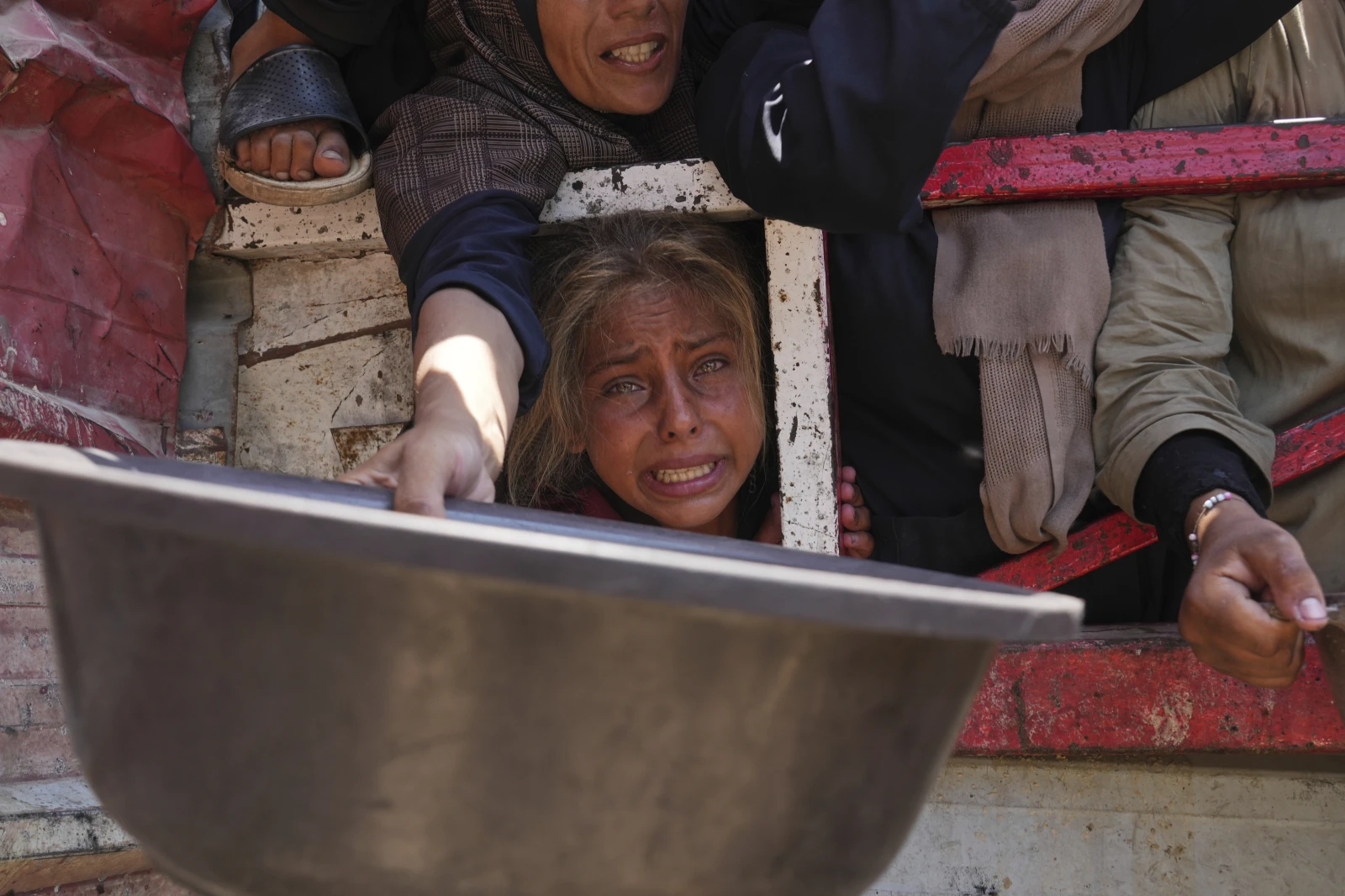As global pressure mounts over the humanitarian situation in Gaza, Israeli Prime Minister Benjamin Netanyahu insists that “there is no starvation in Gaza,” stating that Israel has allowed humanitarian aid to flow into the territory throughout the war. “Otherwise,” he added, “there would be no Gazans.”
U.S. President Donald Trump offered a sharp rebuke, pointing to harrowing images from Gaza and saying: “Those children look very hungry,” contradicting Netanyahu’s claim.
Following mounting criticism, Israel recently announced a series of humanitarian measures — including daily pauses in fighting and airdrops — to increase the flow of aid. However, humanitarian groups and residents in Gaza say little has changed on the ground.
At an airdrop site, Hasan Al-Zalaan described chaos and desperation: “This aid, delivered in this way, is an insult to the Palestinian people,” as crushed cans of food littered the area and people scrambled for supplies.
Israel continues to blame Hamas for blocking aid distribution, claiming militants divert supplies. The U.N. rejects that this is happening on a systematic level and maintains that food delivery stabilizes when aid enters in sufficient quantities.
Here’s what we know so far:
- Malnutrition Deaths Rise Sharply: The World Health Organization (WHO) says at least 63 people — including 24 children under 5 — have died from malnutrition in July alone, up from just 11 over the first half of the year. Gaza’s Health Ministry, considered a key data source by the U.N., places the toll even higher at 82.
- Child Starvation Spreads: Doctors at the Patient’s Friends Hospital, the main center treating malnourished children, say they’re seeing deaths among otherwise healthy kids for the first time. Adults with diabetes and heart disease are also dying from starvation-related complications.
- Malnutrition Worsens: The WHO says acute malnutrition has tripled in northern Gaza this month, now affecting nearly 1 in 5 children under five. Conditions have worsened across central and southern Gaza as well.
- Aid Access Still Limited: Despite Israeli promises of 10-hour humanitarian pauses in three areas, aid delivery remains erratic. On Monday, 55 U.N. World Food Program (WFP) trucks entering Gaza were reportedly looted before reaching distribution centers.
- Airdrops Prove Inadequate: The Israeli military says it has conducted airdrops of food packages, but humanitarian experts say these are not nearly enough for Gaza’s 2.3 million residents, and can be dangerous on the ground.
- Trucks Remain Essential, But Few: The U.N. maintains that trucks remain the only effective way to deliver the necessary aid. It estimates Gaza needs 500–600 trucks of supplies daily. Israel says 95,435 trucks have entered since the war began, averaging just 146 per day.
- Ongoing Violence at Aid Sites: Witnesses and health workers say hundreds of Palestinians have been killed by Israeli forces while attempting to reach aid trucks or food distribution hubs. Israel claims it uses warning shots to deter threats.
As the humanitarian crisis escalates, both international agencies and Palestinians on the ground say only a major scale-up in truck deliveries and a return to U.N.-coordinated aid systems can prevent further tragedy.
The central question remains: Is enough being done to stop Gaza from slipping into full-scale famine?






